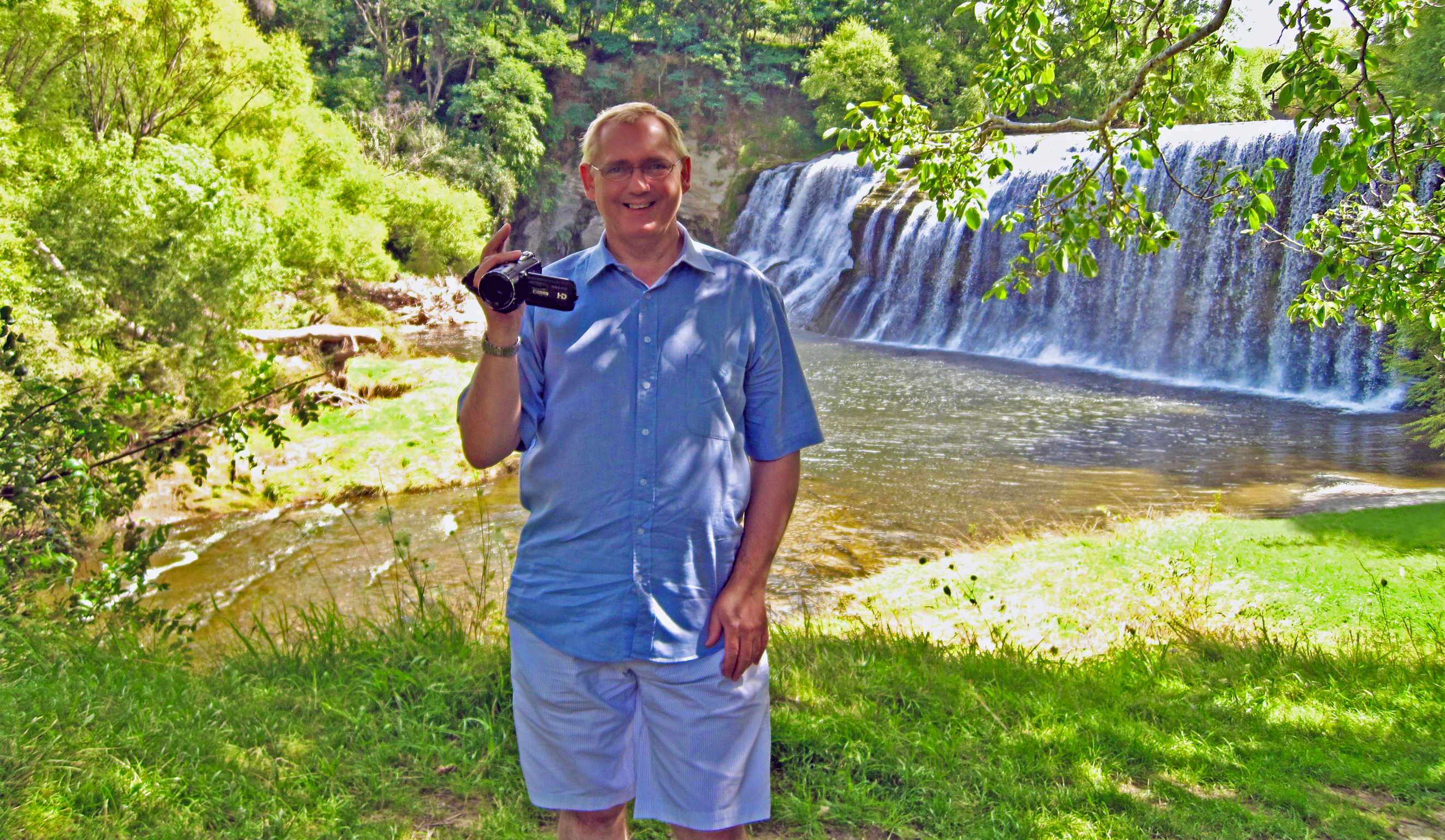2018
Nostromo: David Lean's Impossible Dream

I managed to track down a hard to find DVD of this Spanish made documentary about David Lean’s dying wish to make a screen adaptation of Joseph Conrad’s novel Nostromo. Lean believed it would be his defining work, the pinnacle of his career.
My excitement at getting hold of this DVD was tempered by sadness at how everything conspired to prevent David Lean from realising his dream. Lean’s widow Sandra, along with Steven Spielberg and others involved with the project, tell the heartbreaking story of endless delays and false starts. The most moving account of all came from Georges Corraface, who was set to play Nostromo. The surviving screen tests show how brilliant Corraface would have been in this role.
Those closest to Lean felt the constant frustrations and disappointments hastened his death. Fellow director John Boorman visited David Lean days before Lean’s death. They reminisced about their lives and their films. As John Boorman was leaving, David Lean said: ‘I hope I get better and that I’m able to make Nostromo. You see, I’m just beginning to think I might be getting the hang of filmmaking.’
As his two Dickens adaptations Great Expectations and Oliver Twist testify, David Lean was the undisputed master of the literary adaption. Having read the script and heard Lean describe some of the key scenes, I am convinced that Nostromo is the greatest film never made.
Doctor Faustus Lights the Lights
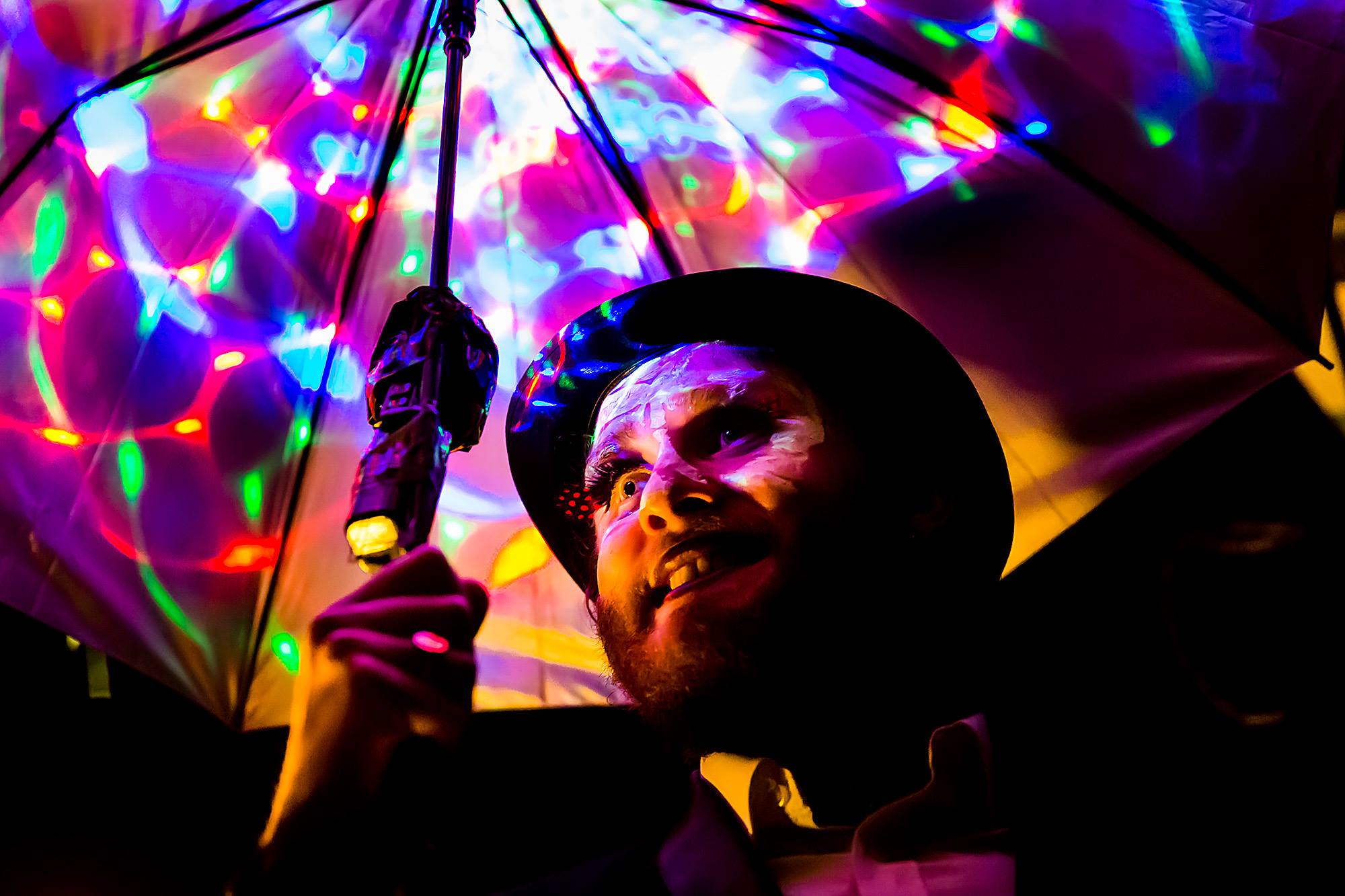
I have attended many productions over the years that claim to be a theatrical experience unlike any other. They invariably disappoint. Doctor Faustus Lights the Lights is the exception. This extraordinary extravaganza by the insanely talented Long Cloud Youth Theatre at Wellington’s Scruffy Bunny Improv Theatre (cool name!) is a night that will live long in the memory.
From pre-performance interactions with the cast onwards, the audience is sucked into the fantastic world of Doctor Faustus. There are no seats in the auditorium. The action takes place all over the place. You are part of the story—you are in the middle of the story! Some in the audience seem a little perplexed at first. Heads shake. They gyrate to the edges of the space. But the energy is infectious. Light, colour, drama. Everywhere. Your eyes dance. You don’t want to miss a moment. Hypnotic rhymes. Mesmerising lyrics. And Beethoven. A toxic combination.
By the end of the hour-long performance, even the most reserved theatregoers find themselves involved, clapping, dancing, singing alongside the actors with a vitality almost matching that of the young performers.
Doctor Faustus Lights the Lights is contemporary theatre at its best. It’s not for the pseudo-intellectuals who spend their lives expounding the centrality of realism as an aesthetic stance. Rather, it is a group of energetic young performers on a voyage of discovery, a quest to stretch their creative talents to the limit—and beyond. It’s a privilege to share this journey. And an evening I will never forget.
Photo Credit: Philip Merry
Joy in a Leper Colony
21/08/18 14:42 Filed in: David's Writing | The Road to Madhapur
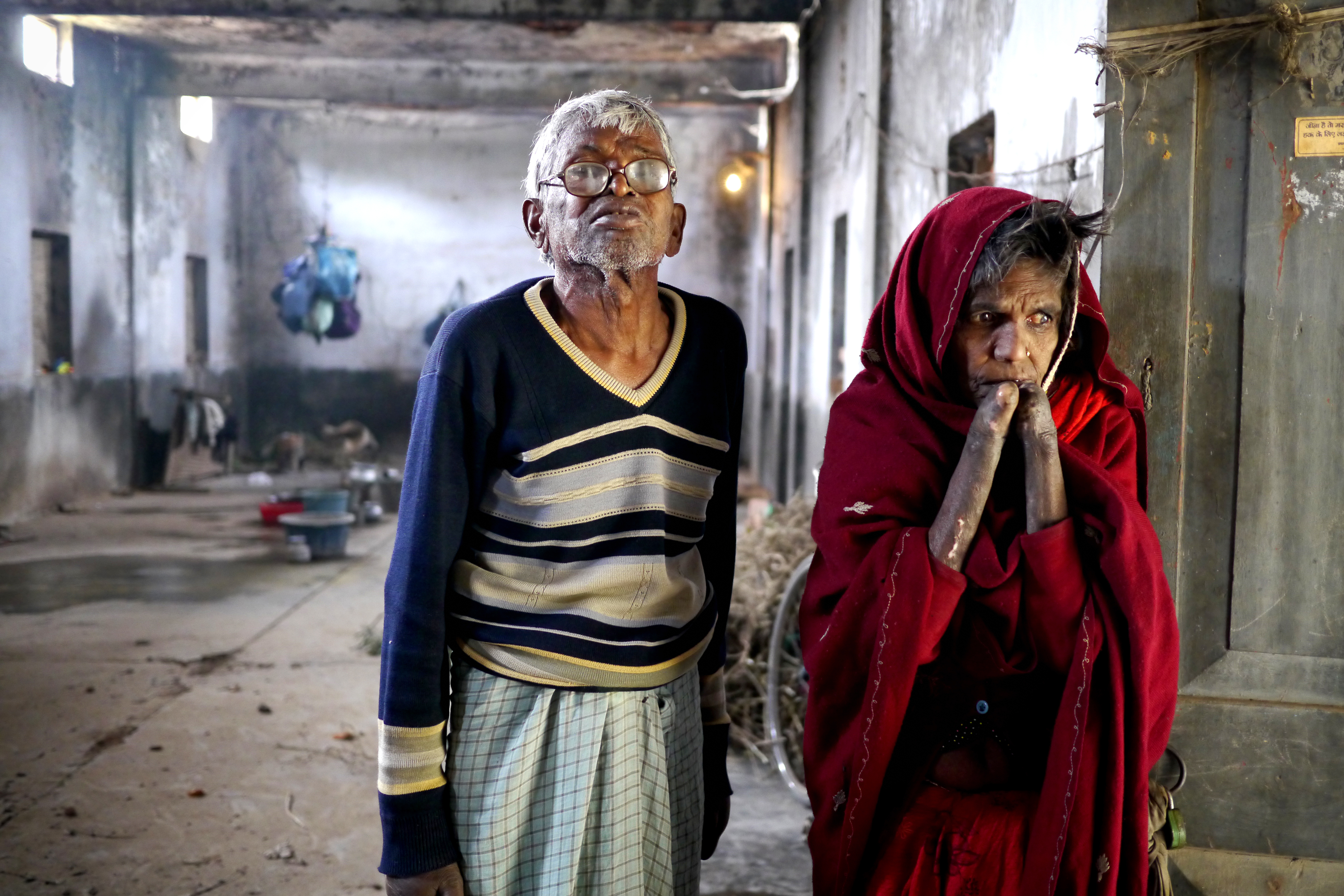
Writing about the real-life events that took place during my time working in India brings back vivid memories. I will never forget the smiles on the children’s faces. They had nothing but their cheerfulness and unrestrained optimism convinced me of the indomitability of the human spirit.
A leper colony plays a pivotal role in The Road to Madhapur. A place of overwhelming sorrow, despair and heartbreak. Yet beyond the suffering, I found hope and joy. Fulfilment and peace. That leprosy mission was among the happiest places I have seen in my life. I hope I can get that exhilaration across in my writing.
The Road to Madhapur
14/08/18 18:31 Filed in: David's Writing | The Road to Madhapur
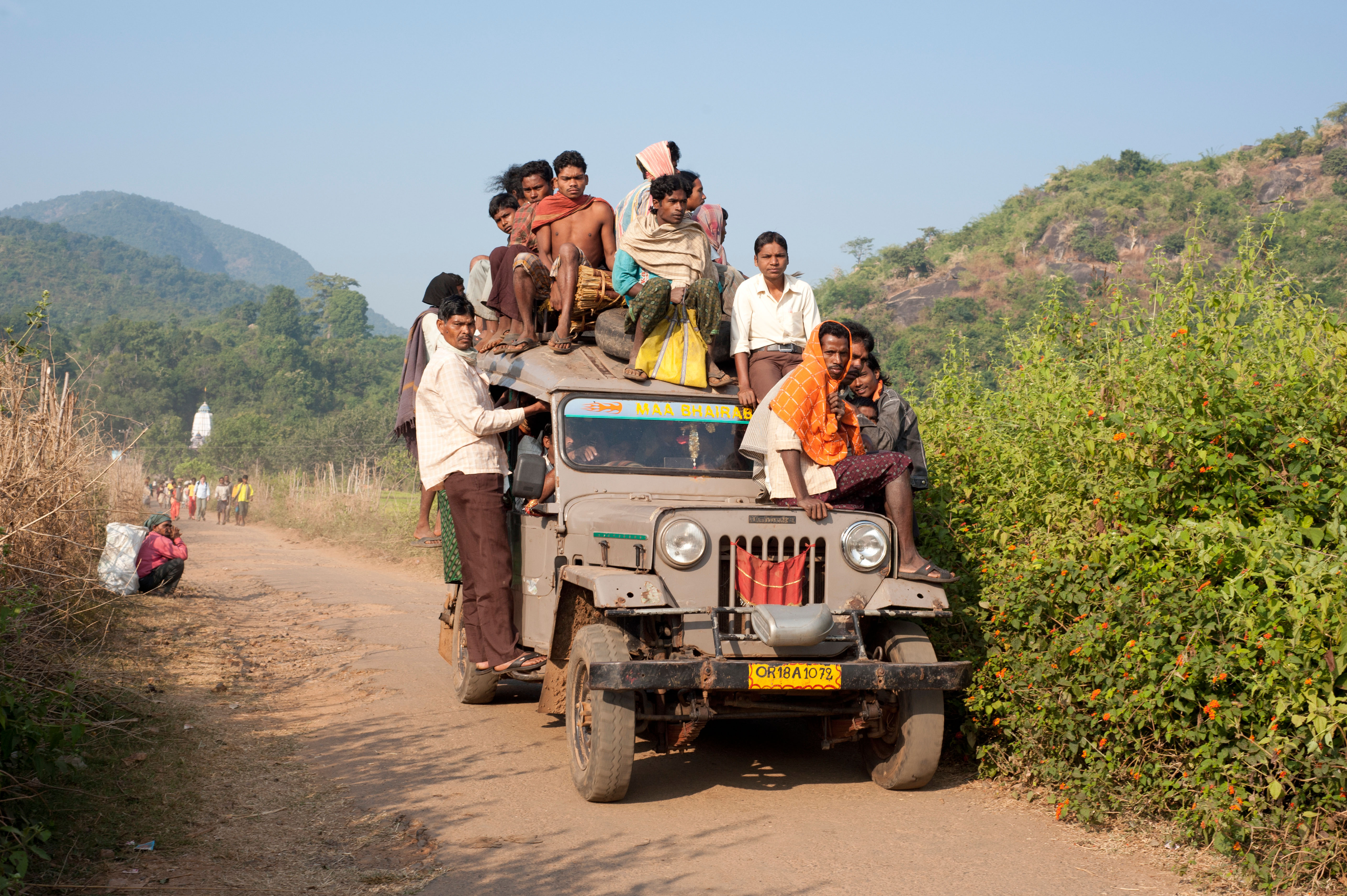
Sincere thanks to everyone who responded to my previous post with such imaginative suggestions for the title of my new novel.
After much soul-searching, I have finally chosen a name for the project that reflects the thrust of the story. In the early chapters we meet a disaffected New Zealand doctor and an Australian missionary's daughter, both headed for the remote township of Madhapur in the Odisha state of India. Despite wholly different backgrounds and expectations, we sense from the outset that their worlds will collide. Caught up in the turbulent world of Indian politics and a community in crisis, tragedy propels their lives on an inescapable trajectory.
The real-life incidents depicted in The Road to Madhapur had a profound effect on me. With the first draft of the book now in the hands of my early reviewers, I am delighted that they are finding these life-changing events equally touching.
The Good Karma Well
29/05/18 16:57 Filed in: David's Writing | The Road to Madhapur
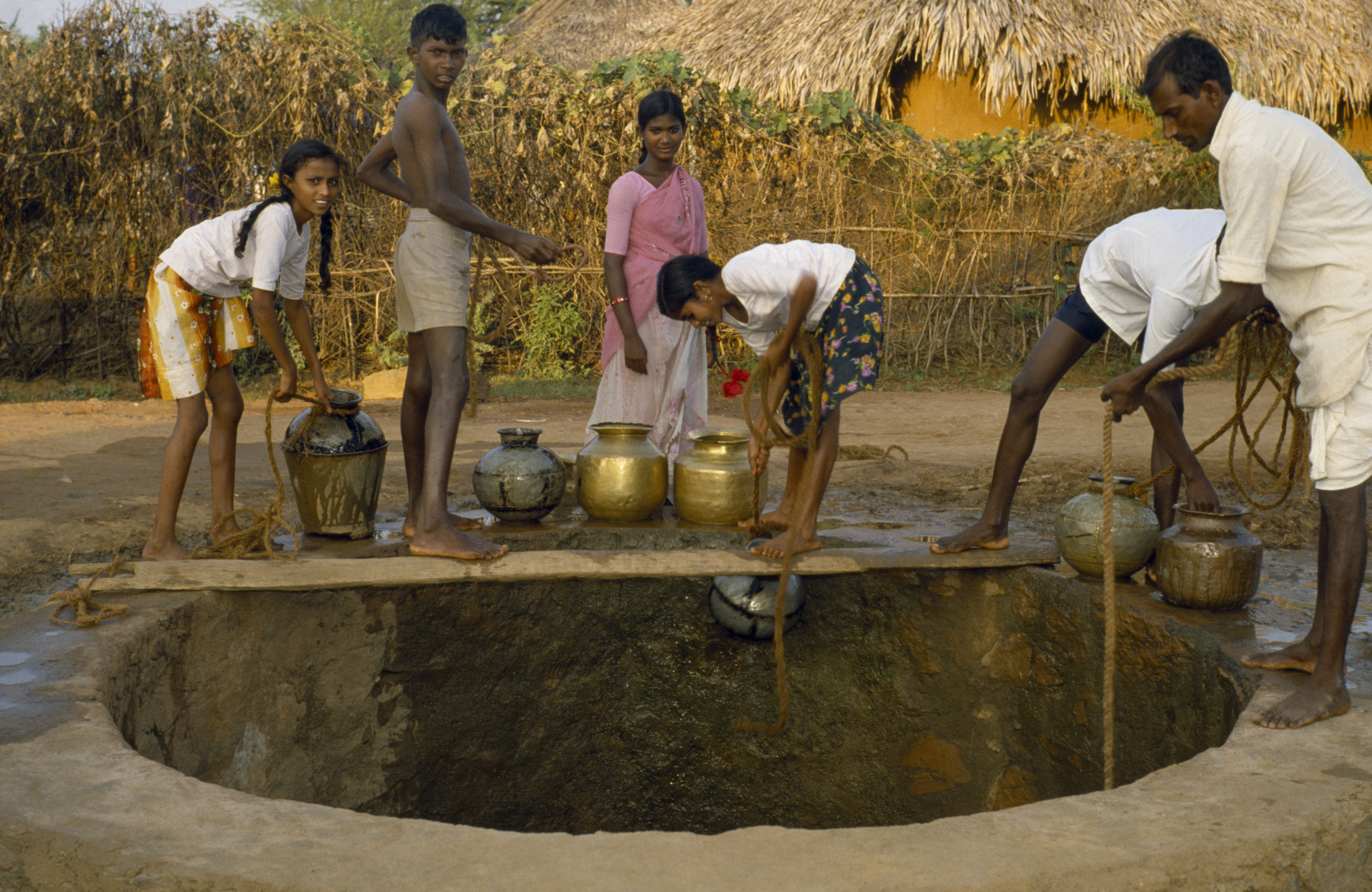
For the second time in my life, I have been pipped at the post. I recently started work on a new novel about a disillusioned young doctor who goes to work in India. After a Bollywood style romance with a missionary’s daughter ends in tragedy, he dedicates himself to building a well for the impoverished community. While a work of fiction and not autobiographical, the novel draws on my own experiences working in India and the story incorporates many real-life events.
I thought I had struck gold when I came up with the title The Good Karma Well for my book. Until I turned on the television and saw a trailer for a programme called The Good Karma Hospital.
Beaten to it again! Back in the 1980’s, I wrote a screenplay about two brothers, one of whom was autistic. This was to be my magnum opus as a filmmaker. Taking a break from preproduction, a friend urged me to see Rain Man in the cinema. The similarities with my story were heartbreaking. Nobody would believe that developed my script before seeing Rain Man. I put the project on the shelf and found it hard to get enthusiastic about another project for some time.
Although The Good Karma Hospital features a young doctor finding herself in an under-resourced and overworked hospital in India, my story is entirely different in concept and content. I need a new title to distinguish my book from the television series. I have given the project the working title of Namaste while I search for something more striking. The Namaste Well doesn't have quite the same ring to it. Any suggestions for an arresting title will be gratefully received!
The Photo that inspired Hīkoi
29/05/18 14:47 Filed in: Film Making | Hīkoi
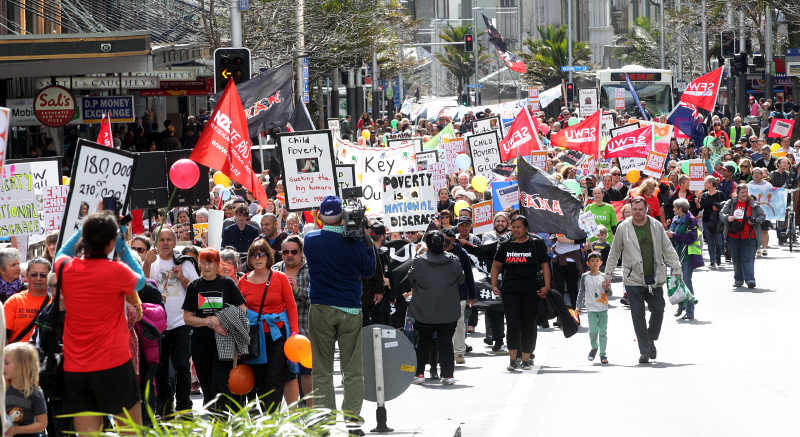
The demonstration against child poverty in Queen Street Auckland on 5 September 2014 is one of the real-life events featured in my screenplay Hīkoi. Almost four years later, the issue remains unresolved and forever in the news. My script, in which a young and idealistic social worker gets badly burned taking risks to save a single mother from two ruthless loan sharks, is as relevant now as when I first wrote it. I am looking for a New Zealand production company to help me bring this heart-wrenching story to the screen.
Photo Credit: Newspix.co.nz/New Zealand Herald.
